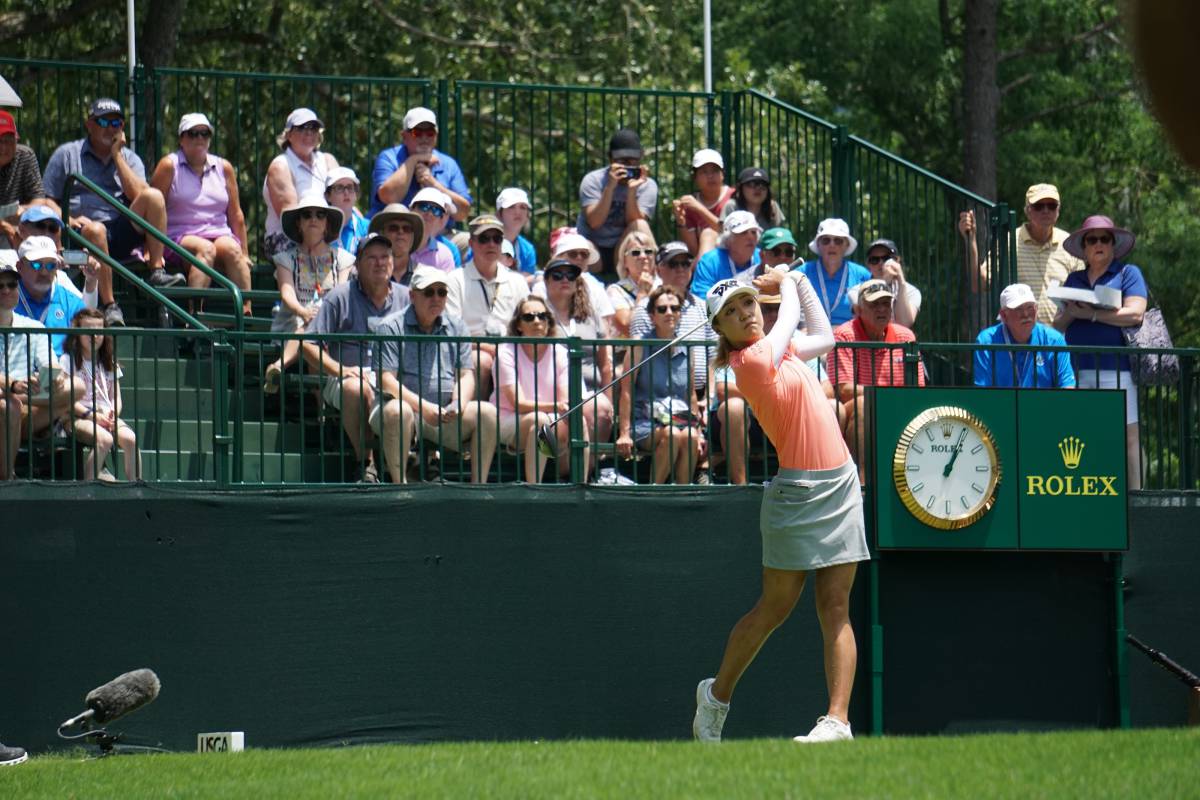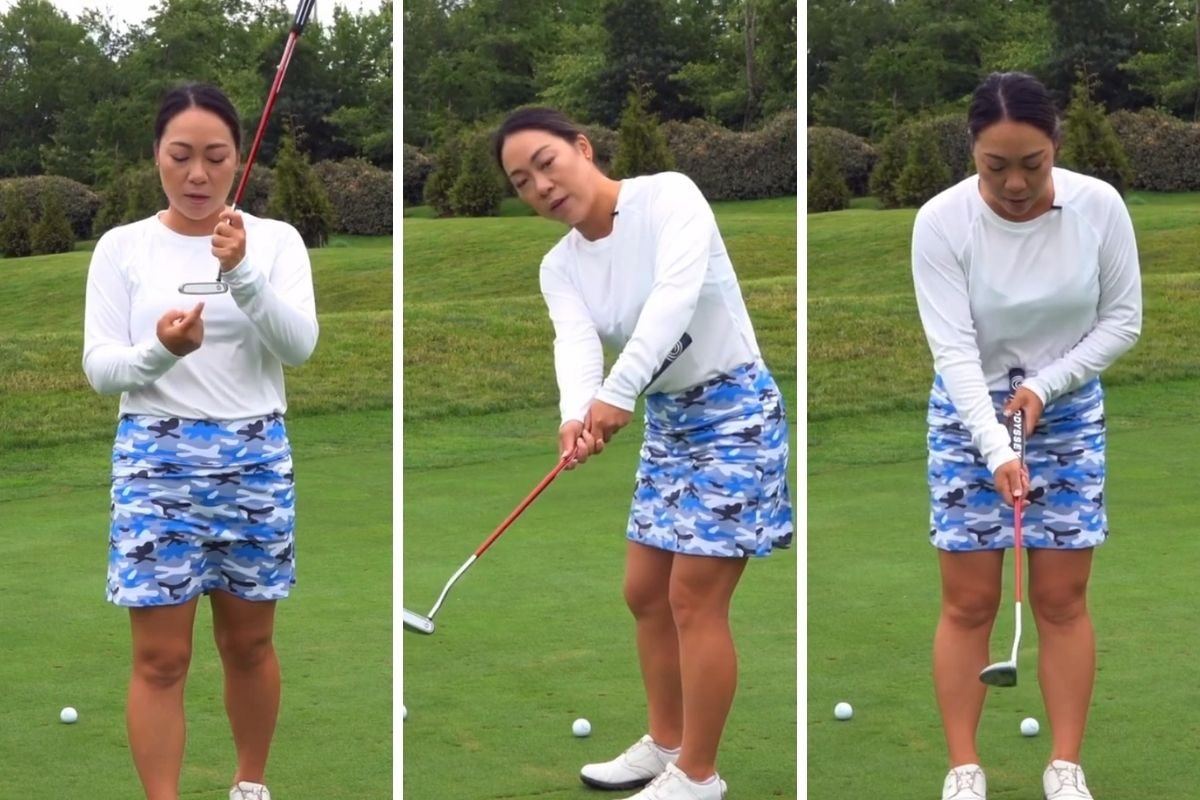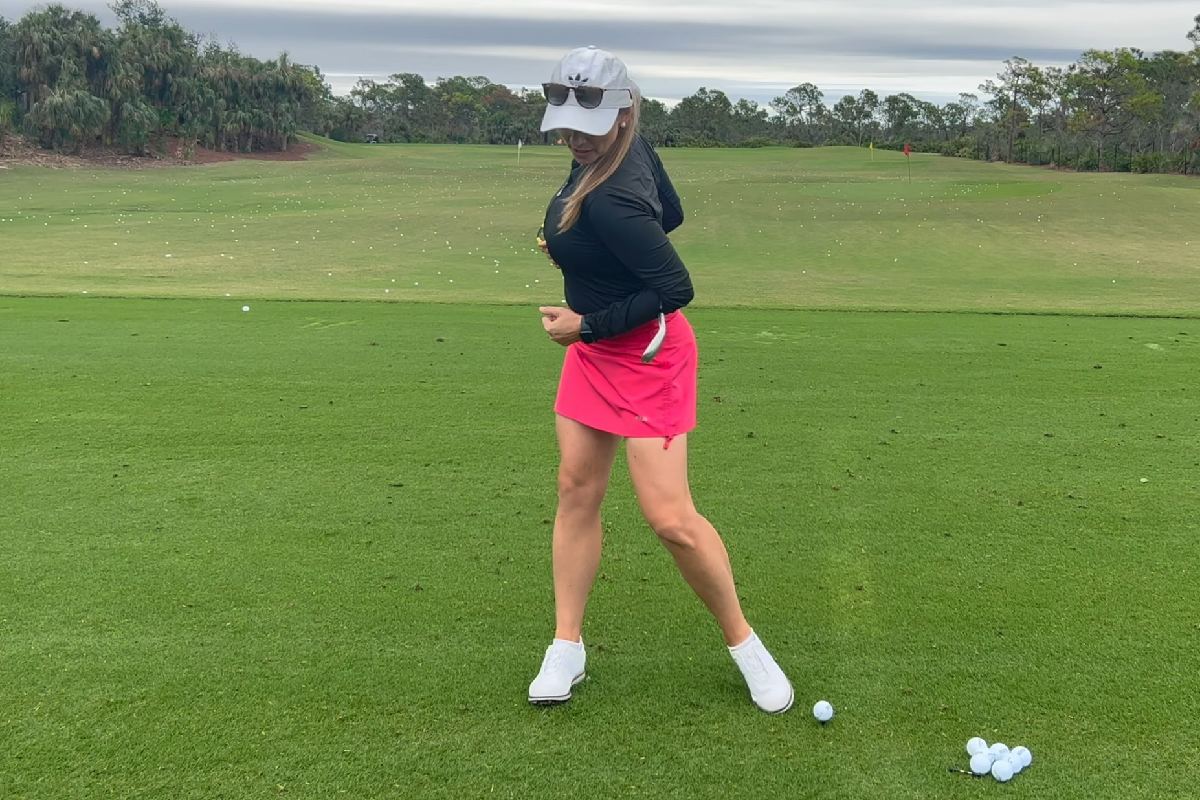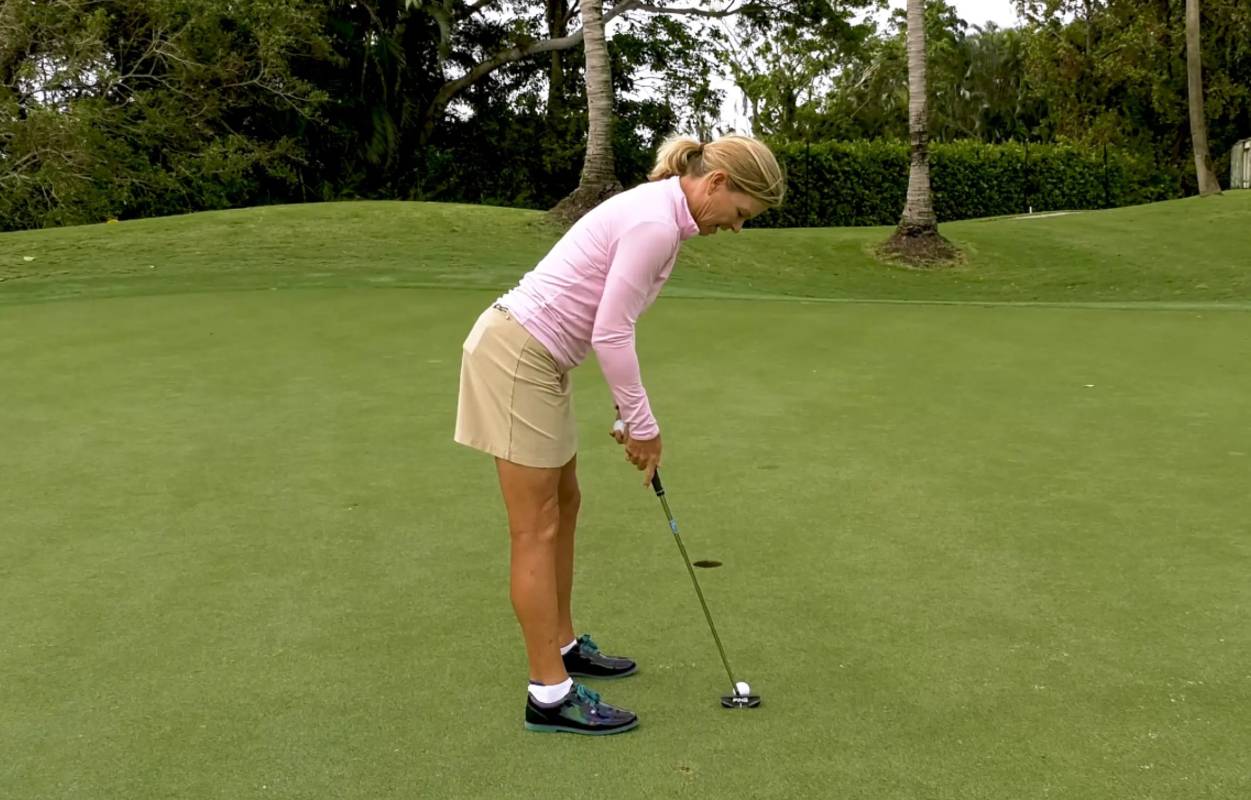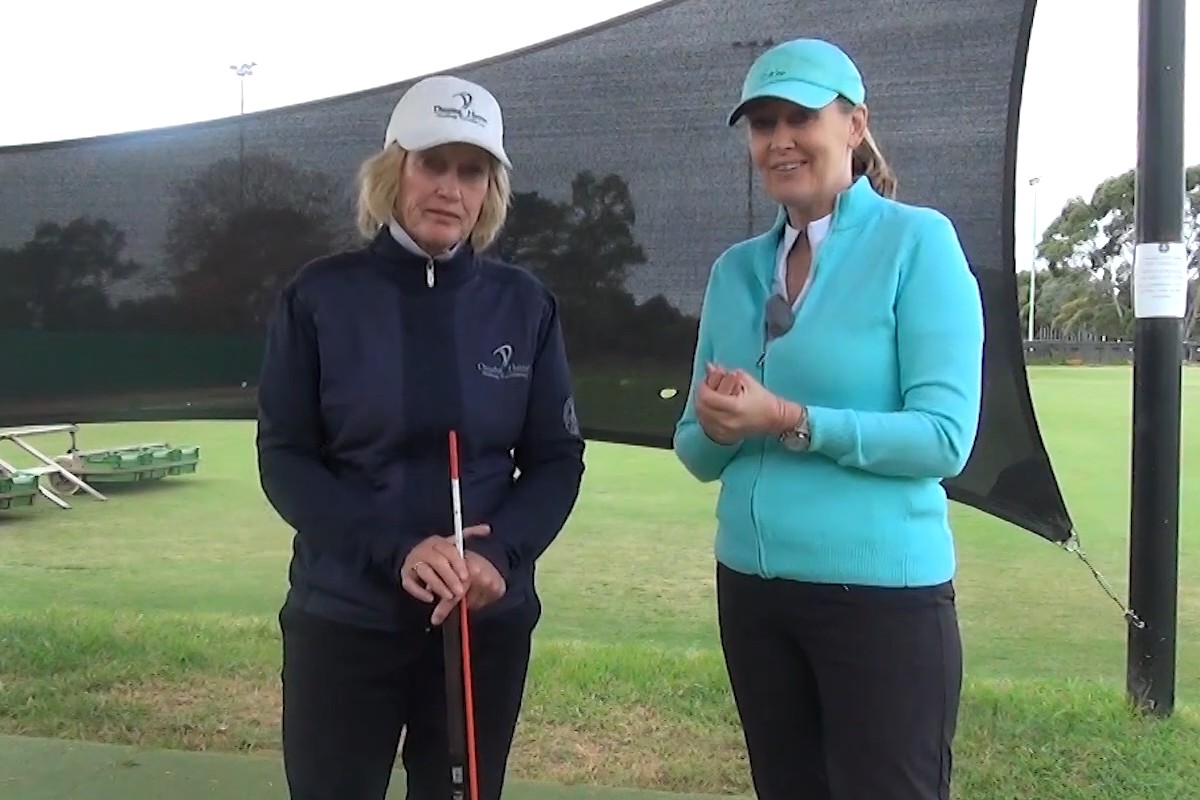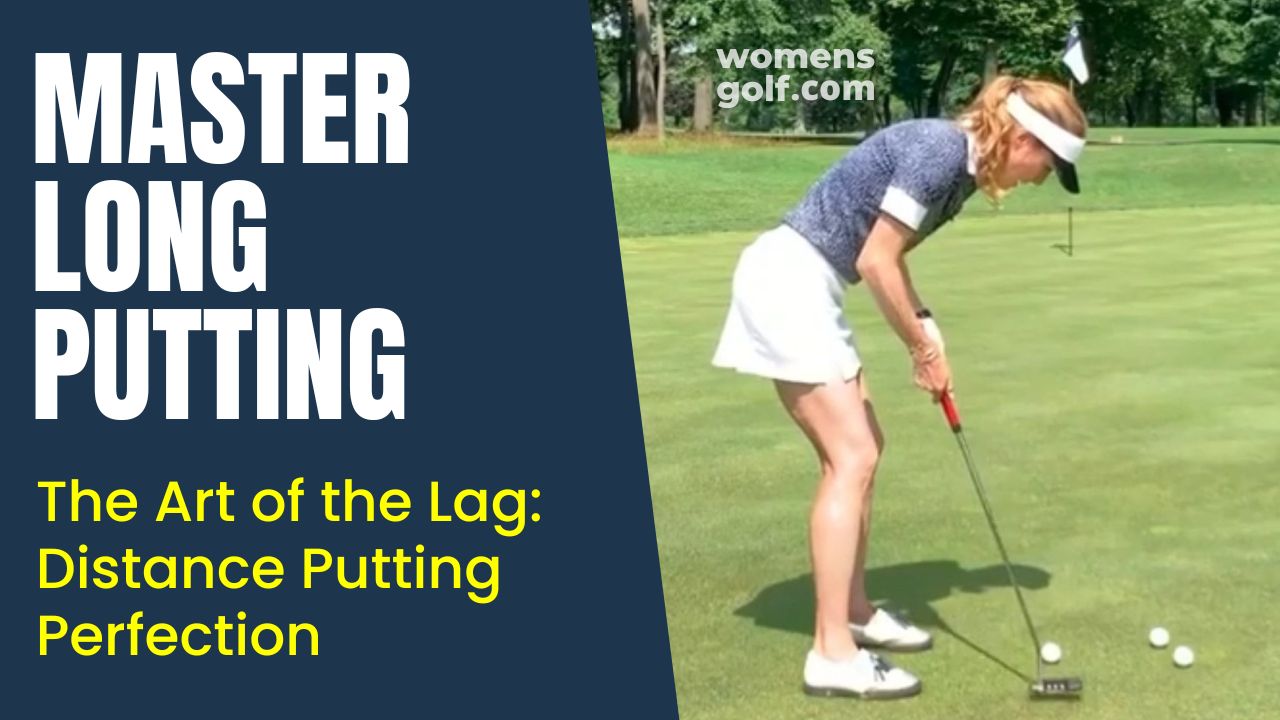Lydia Ko and Lexi Thompson have an IDENTICAL swing tempo? It is true! Nearly every professional golfer, male and female, has identical time proportion in his or her swing, a common ratio between takeaway and downswing.
It is a rare occasion when I do not work on swing tempo in a golf lesson session. To me, it is an essential piece of good swing technique. Maybe it is the auditory learner in me but I very much agree with the all too common overemphasis on body/club positions leading to what Ernest Jones said: “Paralysis by Analysis….you can’t divide the swing into parts and still have a swing.” The golf swing is a complex MOVEMENT blending mechanics and tempo … change one and you will affect the other. Clearly.
Do not confuse golf swing speed with golf swing tempo. Your golf swing speed is how fast the club is moving at impact. Your golf swing tempo is the pace of your swing from the first movement to impact. When you understand this very thing, you will understand why Greg Norman’s swing during his playing career looked so much faster than Ernie Els’ swing until you compare the two on the computer. Ernie is a frame faster than Greg from takeaway to impact!
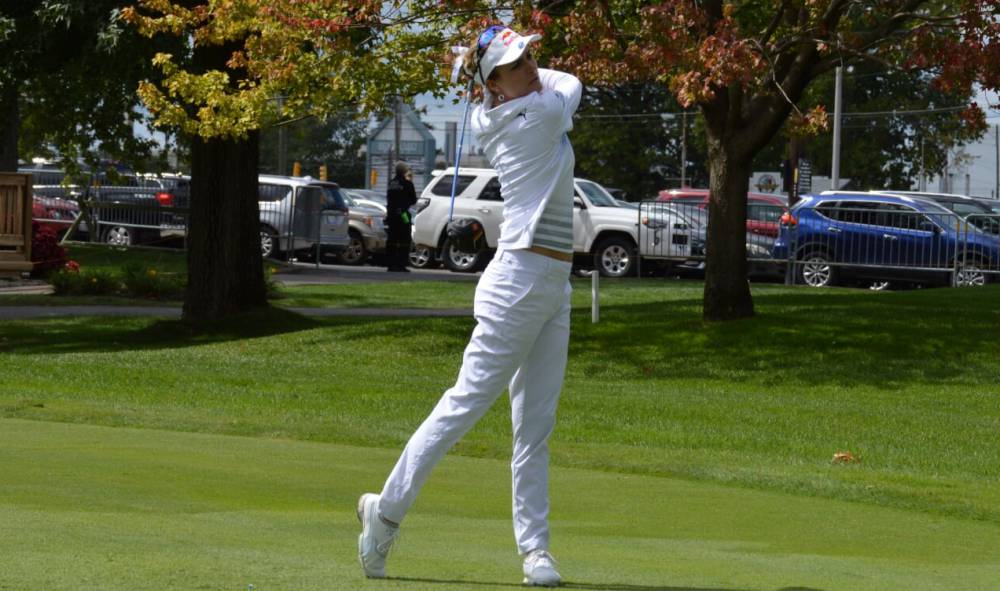
The opinion on tempo in the golf swing is that each person has their own unique, individual tempo. This may be seen to be true but it is very difficult to quantify. What the research (thank you John Novosel!) does show, however, is that the best players in the world (all with different, unique, core patterns of movement and style) have the same 3:1 ratio. This means that regardless of swing speed, players take three times as long to get from the start of the backswing to the top of their backswing compared to the time it gets from the start of the forward swing to impact. The start of the swing is defined as the first frame where there is a movement of the clubhead away from the ball. The top of the backswing is defined as the point in the swing where the clubhead appears still. The start of the downswing is defined as the first frame where the clubhead starts moving back toward the ball from the top. The ratio will be the same (3:1), but the amount of elapsed time/frames ratios may be very different from player to player.
So, how can one tempo test and then tempo train?
It may be easier than you think. Practice with a cadence counter/metronome at a 3:1 ratio to determine which synchronized tone sounds and feels good to you. Play this over and over again to match your tempo with the “smooth…set…hit” 3:1 ratio. Don’t be surprised at how this may feel “fast” at first.
Matching music to your preferred ratio (and yes…it might be slightly different than 3:1..many amateurs are measured at 3.5:1) can be helpful for the necessary repetition to make this type of improvement.
Good tempo can be trained and the results will speak for themselves. As John Novosel says, “golfers could save hours of practice time spent “fixing” swing mechanics if they knew that their swings, however different, obeyed a universal law of tempo”. I could not agree more!
Feature Photo: Lydia Ko at the 2018 U.S. Women’s Open | Photo by Ben Harpring

